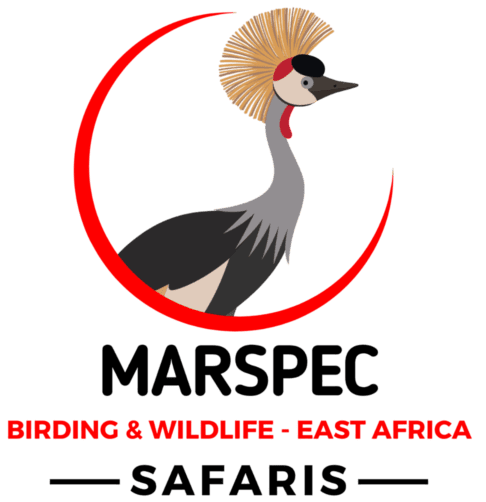14 Days Kenya Coastal Birding Safari
This unforgettable adventure explores Kenya’s coastal top birdwatching hotspots, and we will focus more on rare, endemic, and hard-to-find birds. Beyond the incredible bird diversity, this journey offers breathtaking landscapes, thrilling encounters with Big Game, mouthwatering cuisine, and some of Africa’s most spectacular safari sceneries.
Whether you are a seasoned birder or a nature enthusiast, this tour promises an experience filled with wonder, discovery, and endless birdwatching opportunities.
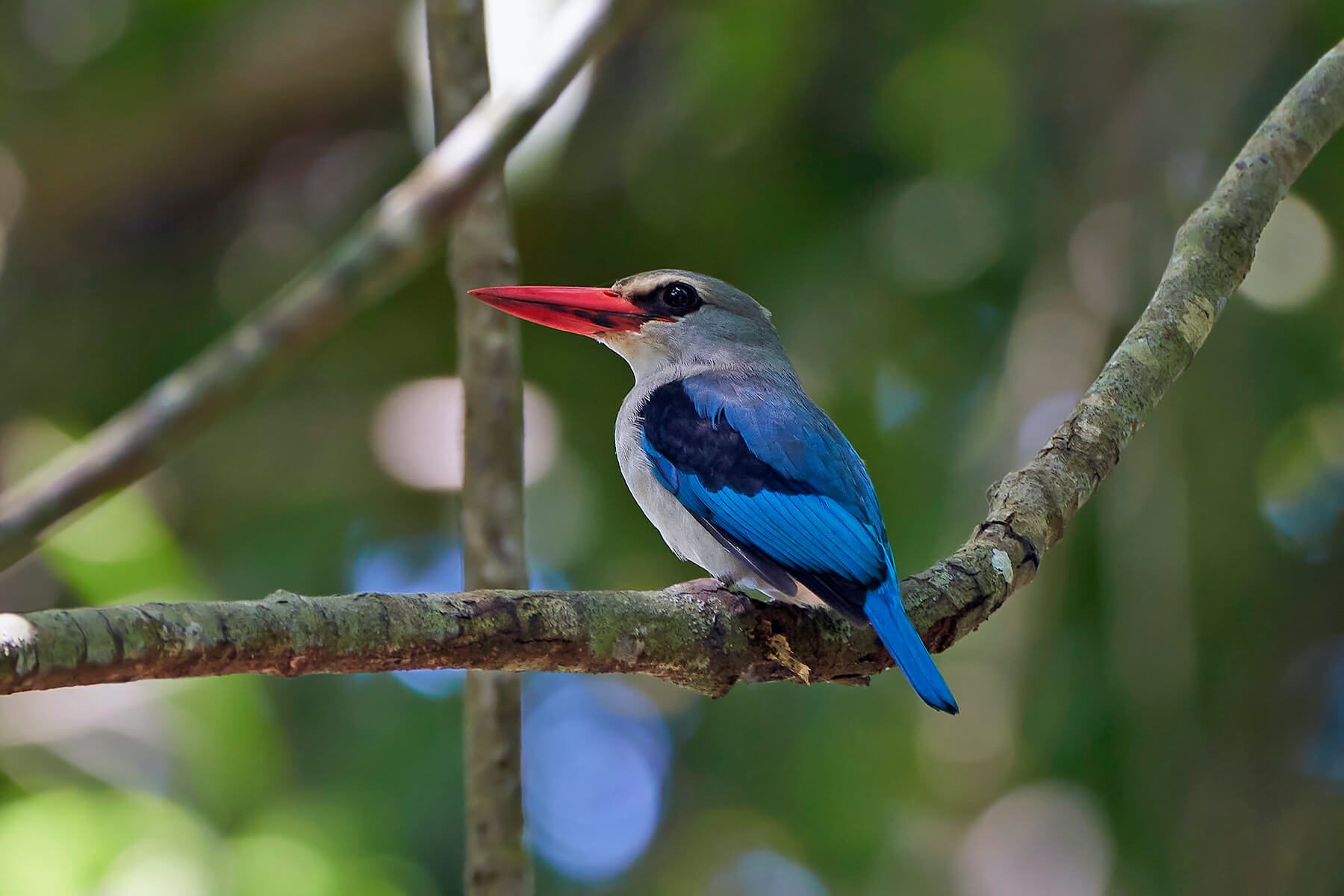
Day 1: Nairobi To Amboseli National Park
Your 14-day Kenya Coastal birding safari kicks off early in Nairobi. We’ll head straight to the breathtaking Amboseli National Park. We’ll stop at Lukenya Hills, about 30km from Nairobi. Here, we might spot some fascinating bird species and even catch sight of mammals migrating from Nairobi National Park.
The road to Amboseli is a birder’s paradise, and we’ll take full advantage of it with multiple stopovers to search for some incredible species. Be on the lookout for the dazzling Golden Pipit, the elusive Three-banded Courser, and the majestic Pale-chanting Goshawk.
We’ll also watch for the quirky White-headed Mousebird, the vibrant Pygmy Batis, and three distinctive larks: the White-tailed Lark, the Somali Short-toed Lark, and the Short-tailed Lark.
With each stop, the bird list grows, the landscapes change, and the excitement builds for the wildlife wonders waiting in Amboseli.
Amboseli is home to over 400 bird species and is among the 60 most Important Bird Areas in Kenya (IBAs), making it one of the best birding destinations in Kenya. It’s also home to large mammals like savanna elephants, and we are likely to spot large herds while birdwatching.
We will arrive at the lodge around noon and have lunch. Later in the afternoon, we shall have an afternoon birding session around the park.
We shall spend the night at Amboseli.
Day 2&3: Birding at Amboseli National Park
On these two days, we shall enjoy a full day of birding at Amboseli National Park. The different habitats here, like the savanna, woodlands, dried-up bed of Lake Amboseli, and wetlands with springs, offer diverse bird species. Most of our birding sessions will be done in the safari vehicle; however, there is an observation point in the park where we will align the vehicle and watch birds from above.
Common birds to spot at Amboseli National Park include the grey crowned crane, White-headed buffalo weaver, African jacana, Long-toed lapwing, Lesser flamingo, Secretary Bird, Marabou Stork, Falcons, Kingfishers, Sacred Ibis, Lilac-breasted Roller, and many more.
Nights spent at Amboseli.
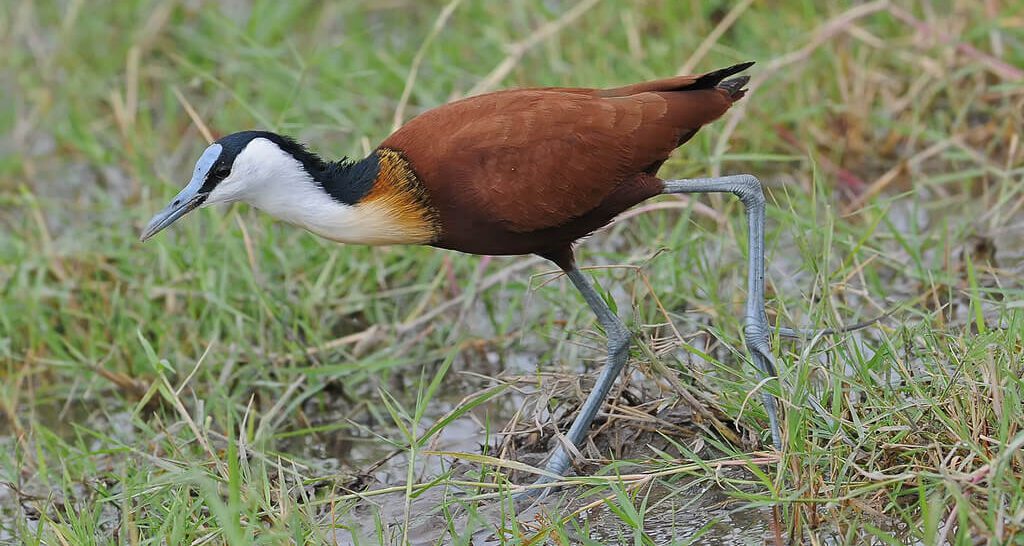
Day 4&5: Tsavo West National Park
After breakfast, we shall leave early from Amboseli for Tsavo West National Park. This park boasts a rich birdlife, with over 500 recorded species. It is also home to one of Africa’s leading bird-ringing projects, as it is positioned along one of the world’s busiest avian migration routes.
Tsavo is a vast area, and we have allocated two full days to cover it comprehensively. Key birding spots here at Tsavo West National Park include Ngulia Hills, which is a renowned bird-ringing destination that attracts bird enthusiasts and researchers, particularly during the peak migration in November. The Tsavo River area is excellent for spotting water birds and other species. The savanna plains are great for spotting open-country birds, and the acacia vegetation is good for spotting bush birds and raptors. Mzima Springs is great for watching birds, hippos, and crocodiles best done on foot.
Key birds to spot at Tsavo West National Park include the singing Bushlark, Spur-winged Goose, Golden-breasted Bunting, Capped Wheatear, and Eleonora’s Falcon. Other birds here are Fischer’s Starling, Somali Bunting, African Finfoot, Lesser Kestrel, Grasshopper Buzzard, and many more.
Nights spent in Tsavo West.
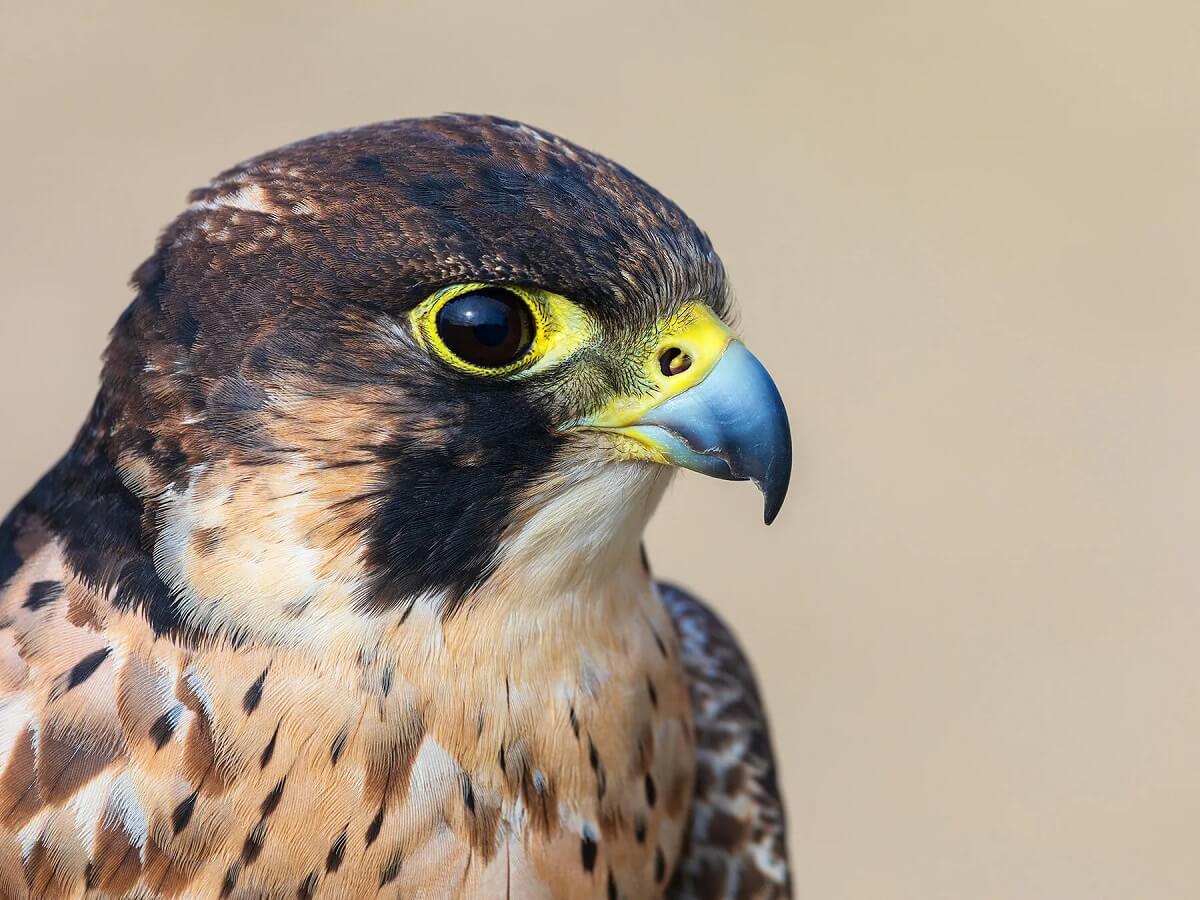
Day 6: Taita Hills
We shall leave early and head to Taita Hills for a full-day birding session. This region is known for its high biodiversity and endemic species, making it a must-visit destination for bird lovers. The lush forests, montane habitats, and diverse ecosystems provide a haven for many rare and endangered birds.
Three bird species are endemic to Taita Hills: Taita Thrush, Taita apalis, and Taita White Eye. Other common birds to spot here are the Southern Banded Snake Eagle, Stripe-cheeked Greenbul, Moustached Green Tinkerbird, Blue-mantled Crested Flycatcher, Silvery-cheeked Hornbill, Lemon Dove, and many more.
We shall spend the night in Taita.
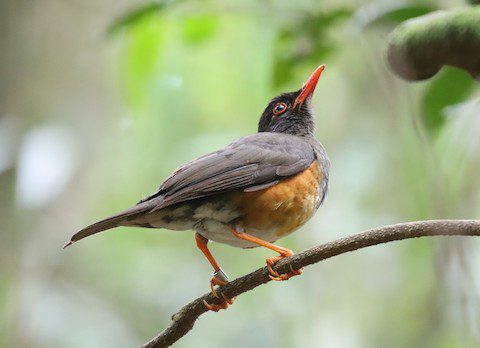
Day 7: Shimba Hills National Reserve
After breakfast, we shall head south to Shimba Hills National Reserve and arrive around midday. Our accommodation shall be in a bird-friendly lodge, have lunch, and spend the afternoon birding here. Shimba Hills is a hidden gem for birdwatchers. Its mix of coastal rainforest, grasslands, and woodlands makes it a unique birding destination, offering a blend of forest species and savanna birds. The reserve is also known for its scenic landscapes, including waterfalls and rolling hills, providing a stunning birdwatching backdrop. This region is also home to the Sable Antelope, one of Kenya’s most striking and elegant ungulates, and African elephants and leopards, which add to the wildlife experience.
The best birding spots in Shimba Hills include Sheldrick Falls, Marere Dam, and dense forest trails, where birdwatchers can find a mix of endemic and migratory species. Common bird species are the Uluguru Violet-backed Sunbird, Mottled Spinetail, Green Tinkerbird, Southern Banded Snake Eagle, Fischer’s Turaco, and many more.
We shall spend the night at Shiba Hills.
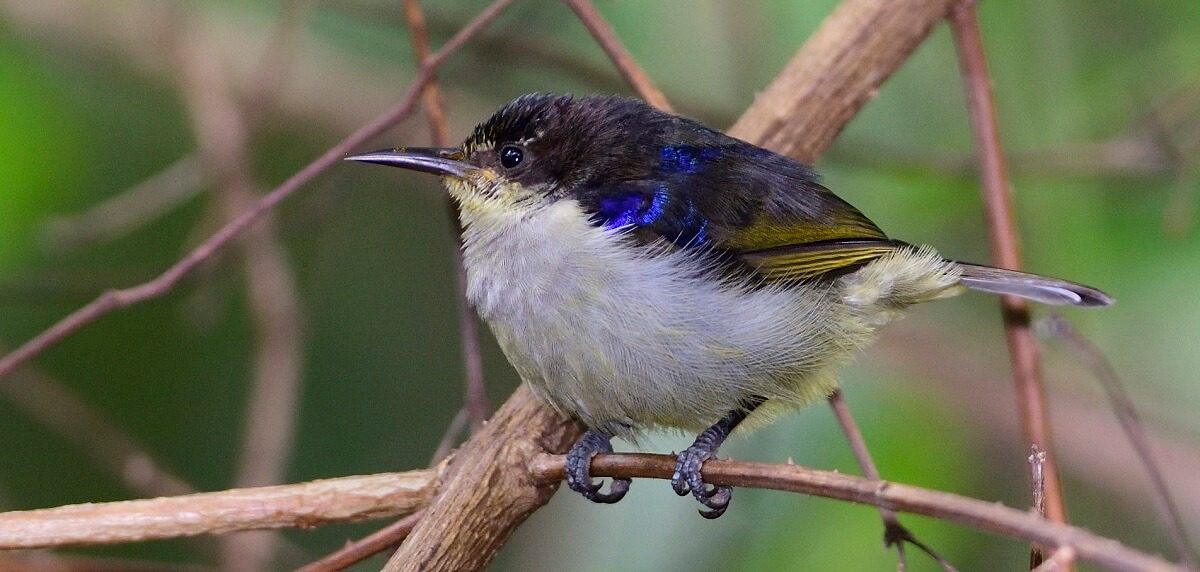
Day 8: Shiba Hills to Tsavo East National Park
After breakfast, we will drive to Tsavo East National Park. We will arrive by noon, book accommodation in a bird-friendly lodge/ camp, have lunch, and go for an afternoon birding session.
The Tsavo East park is home to over 500 bird species, making it a paradise for birders. It has a diverse range of habitats, from open savannahs to riverine forests, where you can easily spot birds like the golden-breasted Starling, Taita Falcon, African Fish Eagle, Secretary Bird, Somali Ostrich, Eastern Paradise Whydah, Pangani longclaw, White-headed Buffalo Weaver, and many more.
We shall spend the night at Tsavo East.
Day 9: Tsavo East National Park
On this day, we embark on another exciting day at Tsavo East National Park, eager to discover even more of its incredible birdlife. With our binoculars and cameras ready, we set out across the vast savannah, along riverbanks, and through acacia woodlands, hoping to spot some of the park’s most elusive and colorful species.
From the majestic martial eagle soaring high above to the dazzling Golden-breasted Starling flitting through the trees, the call of the African Fish Eagle echoes over the Galana River, and the secretary birds gracefully striding through the grasslands in search of prey, it will be yet another unforgettable moment in our Tsavo East birding adventure.
Night at Tsavo East.
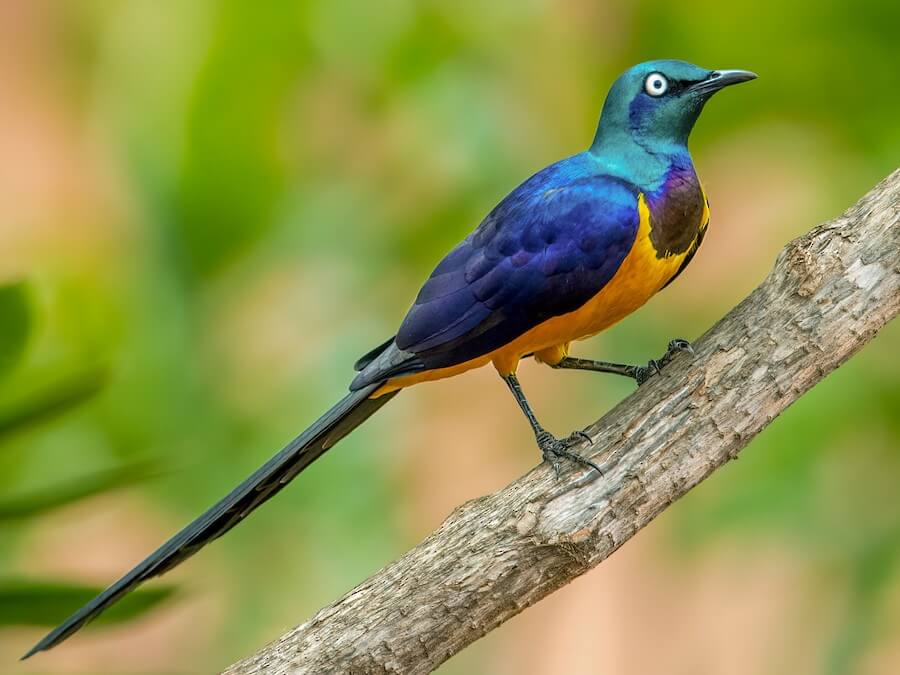
Day 10: Tsavo East National Park to Arabuko Sokoke Forest
On this day, we will have an early breakfast and head to Arabuko Sokoke Forest for a great birding session.
Arabuko Sokoke Forest, located along Kenya’s coast near Malindi, is the largest remaining coastal forest in East Africa and a globally recognized birding hotspot. Due to its many rare and endemic bird species, it has been designated an Important Bird Area (IBA).
The forest features three distinct habitats: mixed forest, Brachystegia woodland, and dense Cynometra forest, each supporting different bird species. Key birds to spot here at Arabuko Sokoke include the Sokoke Scops Owl, Sokoke Pipit, Amani Sunbird, East Coast Akalat, Spotted Ground Thrush, Malindi Pipit, Mottled Spinetail, Fischer’s Turaco, Scaly Babbler, Southern Banded Snake Eagle, and many more.
Night in Malindi.
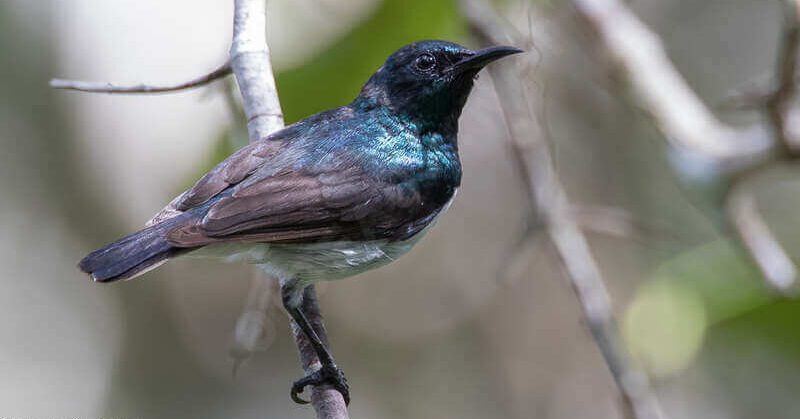
Day 11: Arabuko Sokoke Forest
On this day, we begin our day early, and our Kenya coastal birding adventure starts in the mixed forest, where we search for the elusive Sokoke Scops Owl. As we move through the trails, we listen for the melodious calls of the East Coast Akalat and watch for flashes of color from the Amani Sunbird and Fischer’s Turaco. In the Brachystegia woodland, we focus on ground-dwelling species such as the Sokoke and Malindi Pipit.
We take a short break at a scenic spot, enjoying a packed breakfast while surrounded by the forest’s sounds. Refreshed, we continue deeper into the Cynometra forest, searching for the well-camouflaged Spotted Ground Thrush and watching the treetops for raptors like the Southern Banded Snake Eagle.
After a lunch break at a nearby lodge or picnic spot, we take a relaxed afternoon walk, revisiting key areas to spot any species we may have missed. This is also a great time to admire some of Arabuko Sokoke’s stunning butterfly species.
Night in Malindi.
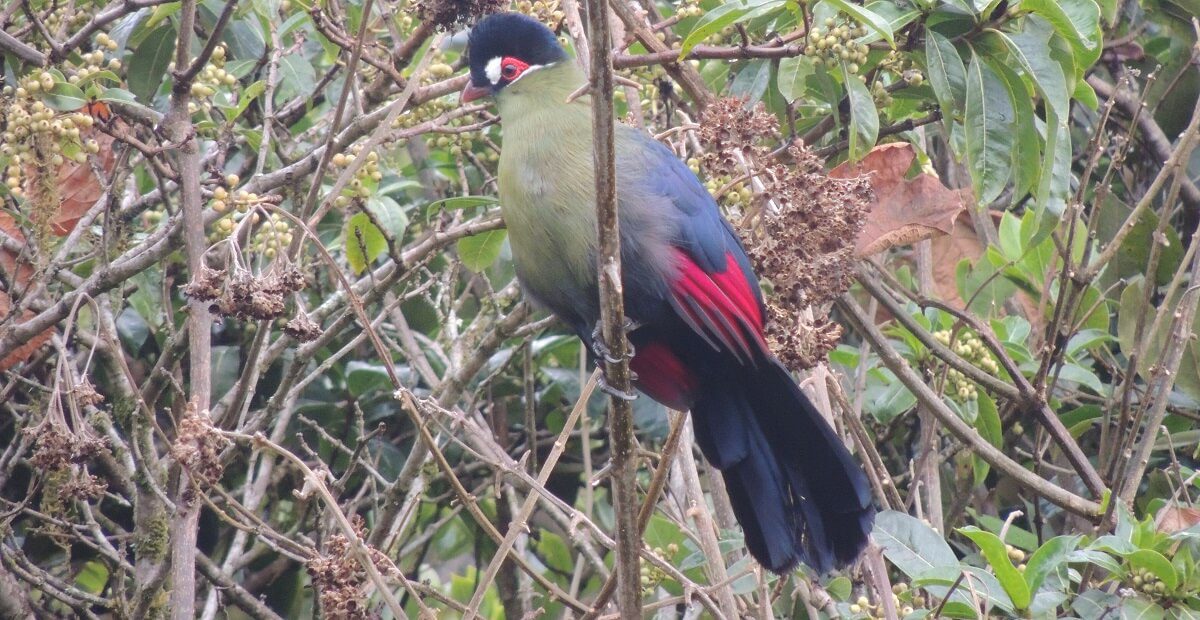
Day 12: Mida Creek & Sabaki River Mouth
On this day, we shall visit Mida Creek in the morning and the Sabaki River mouth in the afternoon. Mida Creek and the Sabaki River Mouth are Kenya’s most important birding sites along the coast, offering diverse habitats that attract resident and migratory species.
While Mida Creek is known for its mangrove forests, mudflats, and tidal channels, the Sabaki River Mouth features mudbanks, dunes, estuarine waters, and coastal scrub, making it an excellent location for spotting a wide variety of waterbirds, shorebirds, and waders. Both sites provide critical stopover points for migratory species from Europe, Asia, and the Arctic, making them must-visit destinations for birding enthusiasts.
Key bird species to spot here include Crab-plover, Greater and Lesser Flamingos, Curlew Sandpiper, Mangrove Kingfisher, African Spoonbill, Whimbrel, Yellow-billed Stork, & Woolly-necked Stork, Caspian & Lesser Crested Terns, Goliath Heron and many more.
Night spent at Watamu.
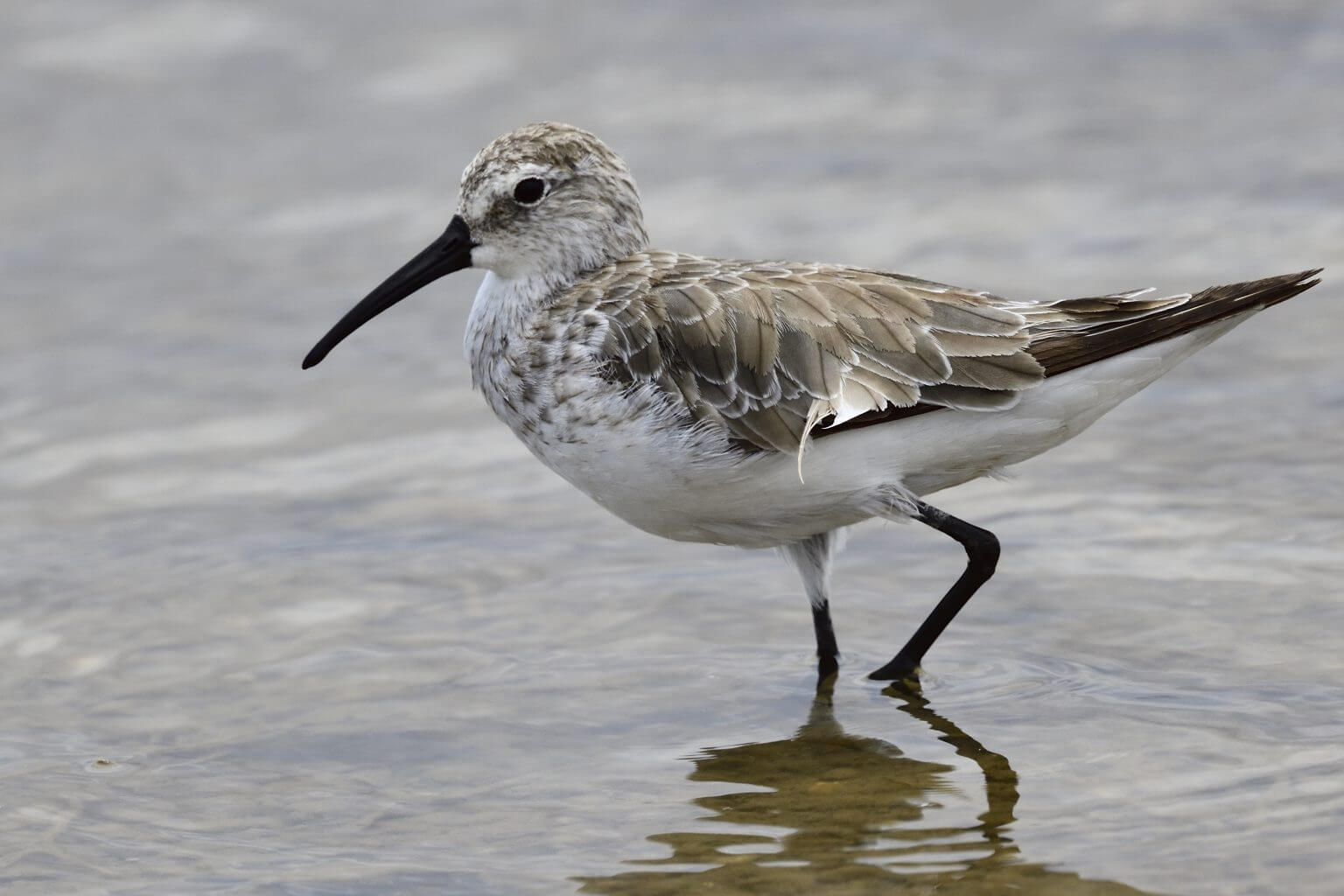
Day 13: Tana River Forest
On this day, we will go birding at Tana River Forest, part of the Tana River Primate Reserve in coastal Kenya. It is an important birding destination known for its large congregation of birds and rich riverine forests, floodplains, and woodlands.
The Tana River, the longest river in Kenya, sustains the forest. It provides critical habitat for many rare and localized bird species, making it a prime location for birdwatching.
Key bird species to spot here include Tana River Cisticola, White-throated Bee-eater, Pel’s Fishing Owl, African Finfoot, Brown-breasted Barbet, Black-bellied Glossy Starling, African Barred Owlet, Scaly-throated Honeyguide, Crested Guineafowl, and many more.
Night spent in Tana River.
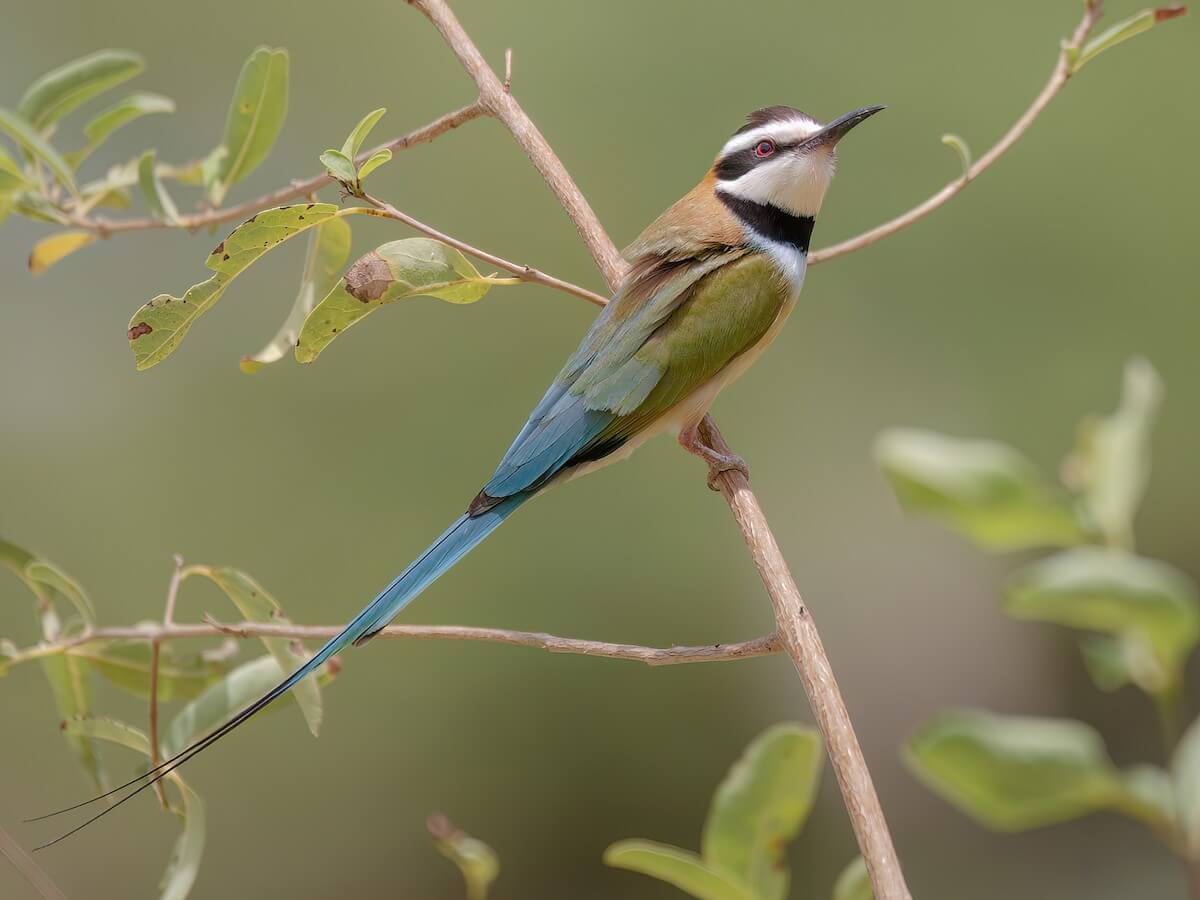
Day 14: Tana River to Nairobi
On our final Kenya coastal birding safari day, we will take an early morning birding session in the Tana River and later transfer back to Nairobi for departure.
Why is this Itinerary Exciting?
-
Diverse Habitats
Explore forests, wetlands, mangroves, and coastal areas.
-
Rare & Endemic Birds
Spot species like the Sokoke Scops Owl and Tana River Cisticola.
-
Migratory Wonders
Witness seasonal visitors like Greater Flamingos and Eurasian Oystercatchers.
-
Scenic Landscapes
Birdwatch in breathtaking environments, from riverbanks to sandy estuaries.
-
Unforgettable Experiences
Enjoy foot, boat, or vehicle sightings, ensuring a dynamic birding adventure.
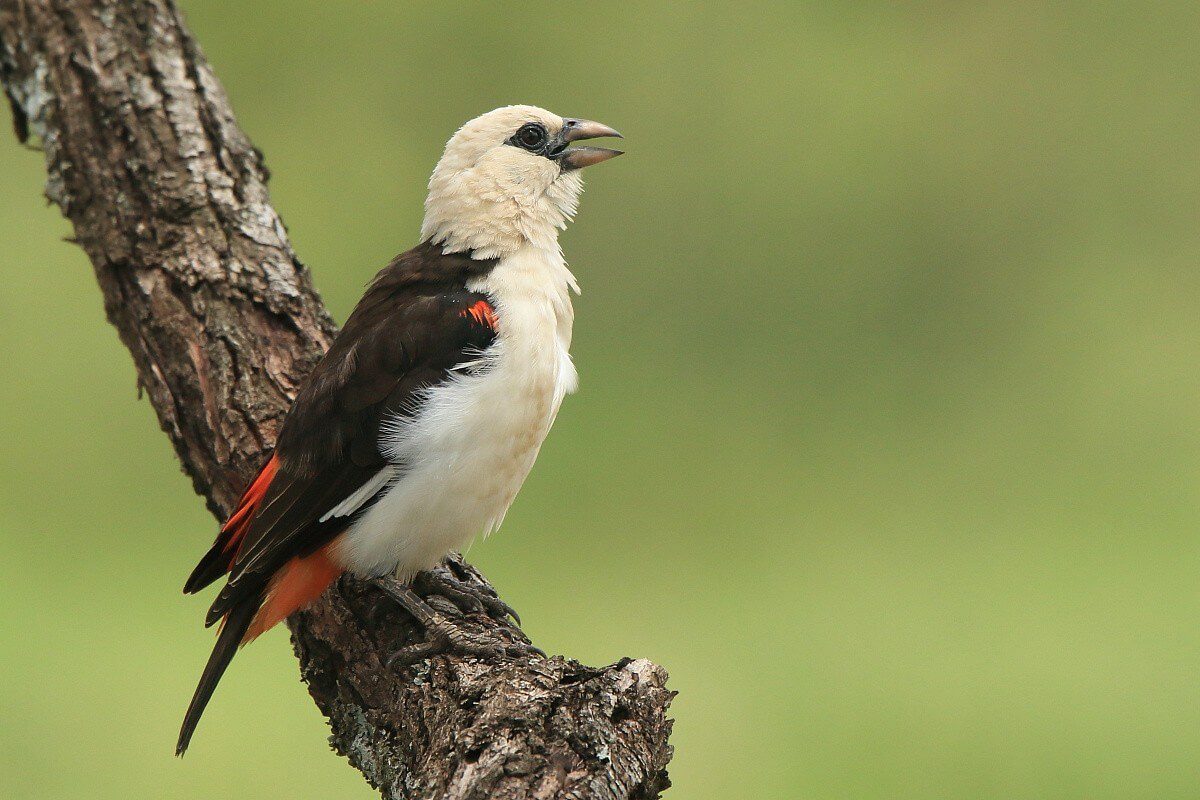
Big Cats & Other Wildlife
While birding in Coastal Kenya, you will encounter big cats like leopards, lions, and cheetahs in Tsavo East and a wide variety of wildlife. Amboseli, the land of giants, offers large herds of elephants, buffalo, giraffes, and the rare sable antelope in Shimba Hills, along with hippos and crocodiles in the Sabaki and Tana Rivers. Endangered primates like the Tana River Mangabey and Red Colobus add to the region’s uniqueness, while baboons, monkeys, and reptiles are familiar sights. This blend of birding and big-game encounters makes an unforgettable coastal safari.
